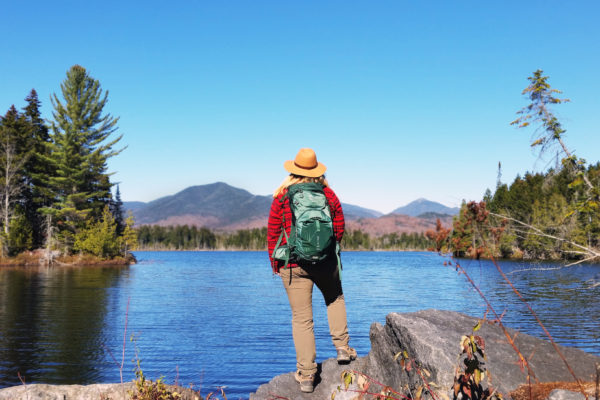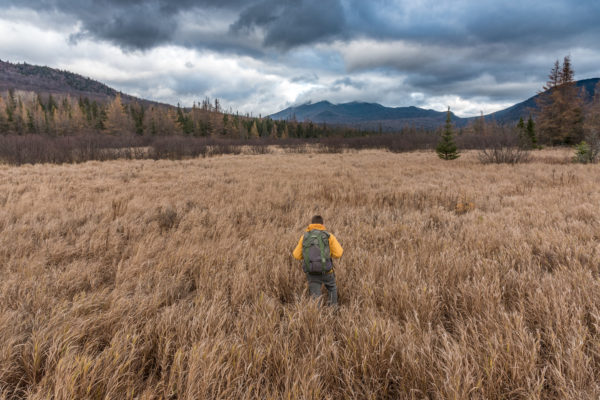As an Adirondack resident who moved to the park to have a more quiet lifestyle, wilderness advocacy is something I am passionate about. It is my belief that it is our responsibility as individuals to educate ourselves and understand the effects that our actions have on the environment. It is also my belief that it is our responsibility to use that knowledge to protect what we have left.
1972: Wilderness Protection is Paramount
New York State also respected the belief of protecting our wilderness areas in 1972 when the original Adirondack Park State Land Master Plan (SLMP) was released. At that time, wilderness areas became increasingly more important to government officials. It was apparent how badly the land had been altered by man, and what the future would be if the severe logging and intensive use that had been occurring on the Adirondack Park lands continued without regulation.
A series of classification guidelines were established by the Adirondack Park Agency (APA) to best classify lands according to their intrinsic value. According to the State Land Master Plan:
“If there is a unifying theme to the master plan, it is that the protection and preservation of the natural resources of the state lands within the Park must be paramount. Human use and enjoyment of those lands should be permitted and encouraged, so long as the resources in their physical and biological context as well as their social or psychological aspects are not degraded.”
2016: The Decline in Wilderness Protection
Now, in 2016, it feels as though wilderness protection has decreased in priority for the APA. The Boreas Ponds Tract classification alternatives that have been offered lack the most relevant option: a full wilderness classification. When reviewing various mandates of the SLMP, it would seem obvious that classification would strongly favor full wilderness based on a variety of special resource values evident:
- Considerable areas containing fragile soils with severe potential to erosion
- Significant areas of the tract over 2,500′
- An extensive network of streams, including a significant river system
- Extensive areas covered by ponds
- Extensive value 1 wetland habitat and over 1,000 acres of peatland
- An abundance of plant and animal species, including boreal, rare, threatened and endangered
- Impressive vistas from the tract into other wilderness areas
- The remoteness of the land
Boreas Ponds Reflects Wilderness
Many of the public hearing discussions were centered around the historical use and existing infrastructure on the land and how these qualities negate a wilderness classification. Len Cronin, a nearly 20 year Forest Manager for Finch Pruyn was quoted as saying:
“The company managed its lands not only to provide pulp for the mill, but also to ensure that the forest stayed strong and healthy. That’s how the tracts retained their conservation value even after decades of logging.”
It is clear that the conservation of the land was a priority, even during times of harvest. It is also important to note that historical use and the presence of buildings DOES NOT negate possible wilderness classification. Given time, the land will reclaim itself. This has been apparent with a number of other wilderness areas throughout the Adirondacks. Blue Ridge, McKenzie Mountain, Round Lake, and Siamese Ponds Wilderness are just a few which experienced substantial timber harvesting prior to wilderness classification.
The APA should strongly consider a full range of alternatives as part of the DSEIS for the Boreas Ponds Tract, including a full wilderness alternative. The Boreas Ponds Tract clearly shows resource values strongly fitting requirements for wilderness classification.
If you support a full Wilderness classification for Boreas Ponds please send a letter to the Adirondack Park Agency expressing your opinion. You can use our online form letter or email classificationcomments@apa.ny.gov. Public comments will be accepted until December 30th, 2016.



